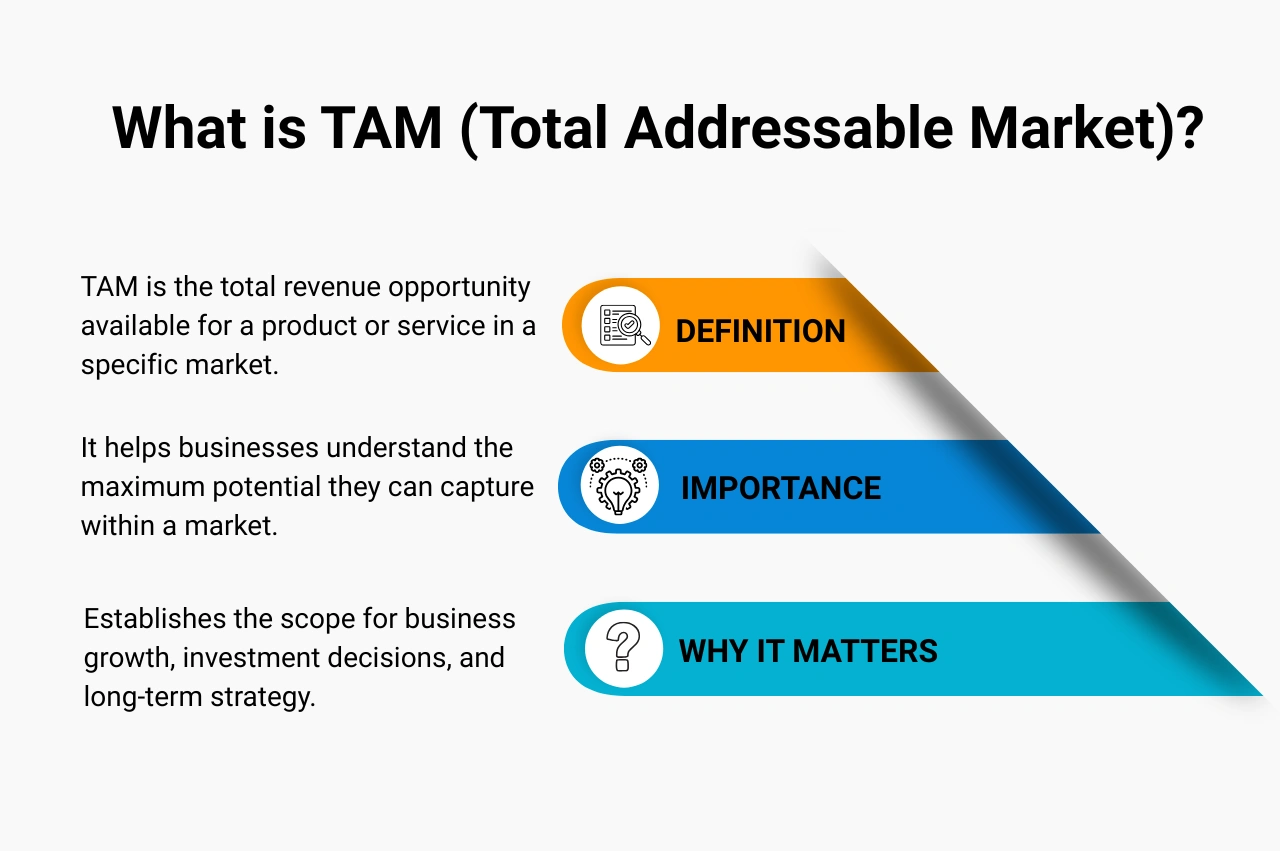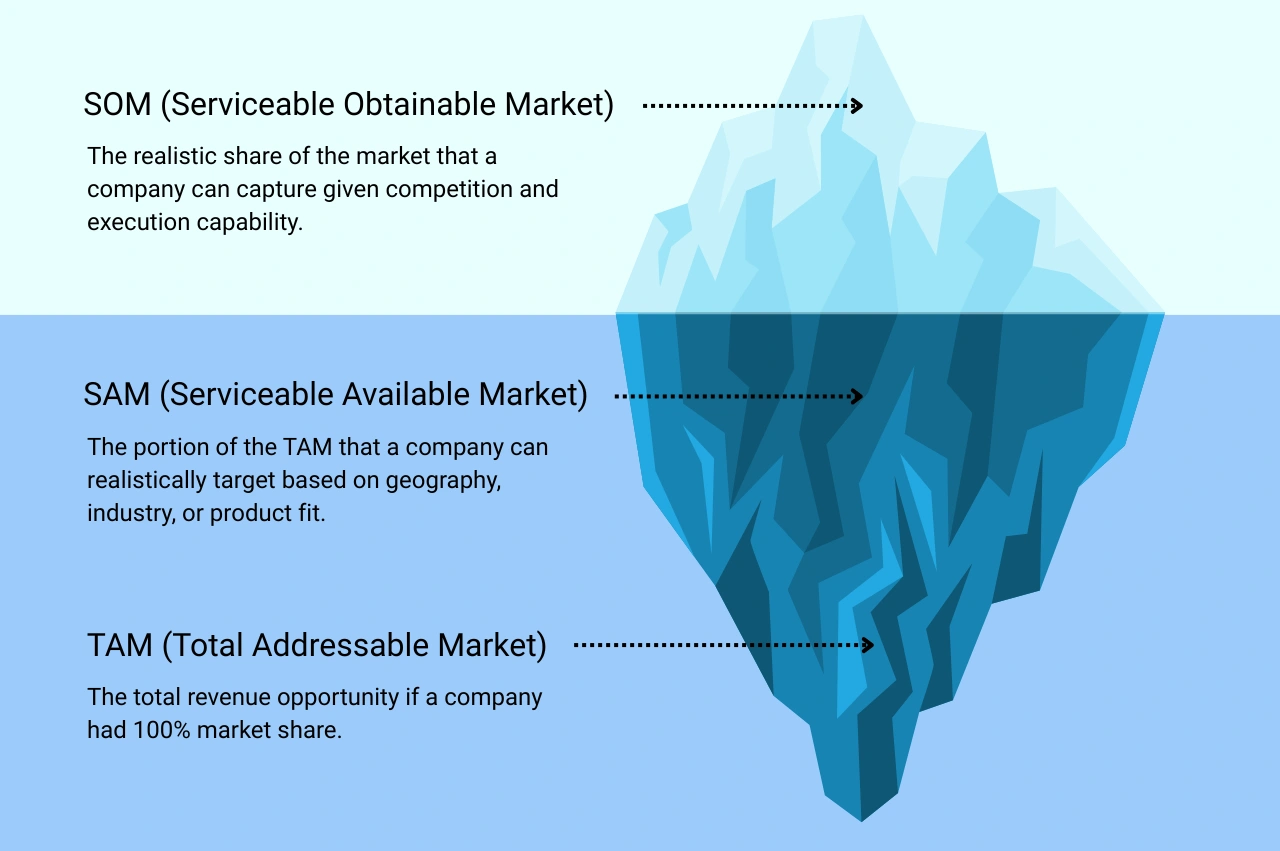Reports Store
Top 50 Healthcare Market Reports
NEW
Top 50 Non-Healthcare Market Reports NEW
Opportunities And Strategies Reports
Aerospace And Defense
Agriculture
Chemicals
Construction
Electrical And Electronics
Financial Services
Food And Beverages
Healthcare Services
Hospitality
Information Technology
Machinery
Media


